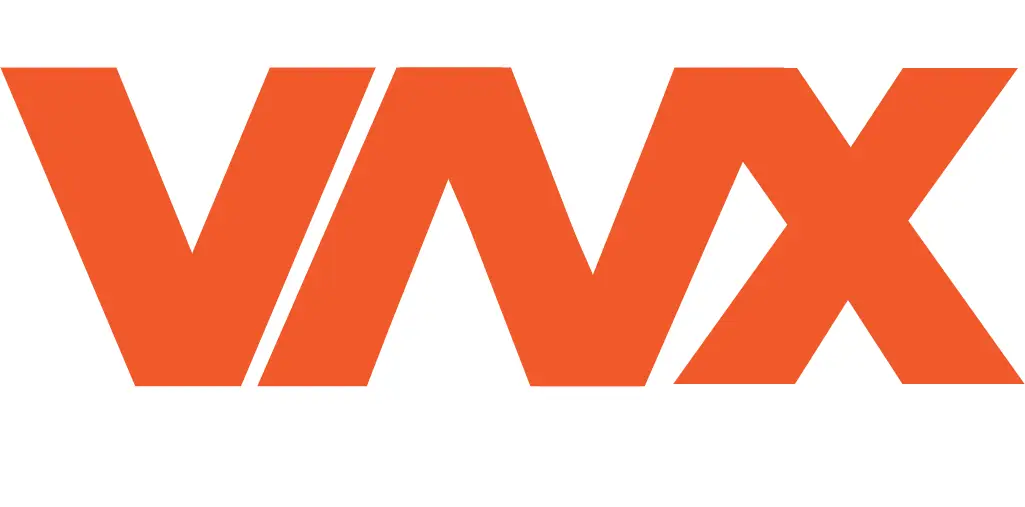(Stop squeezing your customers)
The psychology of the sale. Since humans began bartering, we’ve been able to measure ‘what it takes to make a sale’. Some people seem to sell with little to no effort. Others seem to get there making a lot of noise. And others seem to miss the mark altogether.

Every brand and business does things differently
Lets think for a second about how different products sell.
Think of how second-hand cars are sold.
Think of how insurance is sold.
Think of how luxury jewellery is sold.
Think of how a gym membership is sold.
All of the above employ different sales techniques. Three of the above products generally employ squeeze tactics to pressure potential customer into purchasing quickly. One does not. As consumers we’ve all experienced being pressured into a sale. It feels awkward and places a negative connotation against the business that the experience occurred at. Following a pressured sale, we’re less likely to shop there again and its very unlikely we would refer a friend to shop there either. However, humans do purchase when this technique is employed.
How should I sell?
Now that we’ve introduced the idea of how customers associate their purchasing experience with how they are pressured during the sale process, we can now better craft the sales experience for your business in its entirety. The sales process must be considered full circle, from advertising through to post sale service. All components of the process must follow the same ‘pressure setting’. Depending on the product you are selling, your business model, your capacity to grow brand equity and the level of operating capital you hold will all affect the level of ‘pressure’ you’ll need to apply to each sale. We’ll give a couple examples here, so you can better understand.
Product = Luxury item (high margin product).
Brand equity = Long term goals, multi-generational.
Operating capital = High, or multiple years of operating costs held.
Pressure at sale = Low.
Comment: Low pressure ensures higher customer satisfaction and higher referral, though comes with lower turnover of initial sales.
Product = Insurance
Brand equity = Mid term goals, 10 years.
Operating capital = Mid, or 1 year of operating costs held.
Pressure at sale = Medium.
Comment: Medium pressure causes a quicker sale conversion, with some referral. Specific to insurance sales are fear, confusion of product, EOY time driven specials.
Product = Secondary telecom market
Brand equity = Short. No long term goals.
Operating capital = Low. Month of operating costs held.
Pressure at sale = High.
Comment: High pressure causes a sale within minutes. Limited to no referral.
As you can see from the above, sales funnels incorrectly built, can easily damage brand. The biggest mistakes we see within the marketplace are brands looking for long term brand equity but applying high pressure sales techniques throughout their customer acquisition process.
Whatever you choose for your sales techniques, its important to keep your brand position and brand growth in mind. What drives sales quickly today, may well ensure you have little to no sales next year.
Need a hand better balancing brand with your sales techniques? Chat to VAUX today.
Businesses and examples listed above are very generalised and follow established stereotypes. They do not represent sales processes practiced by all businesses.

